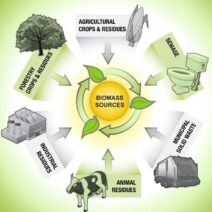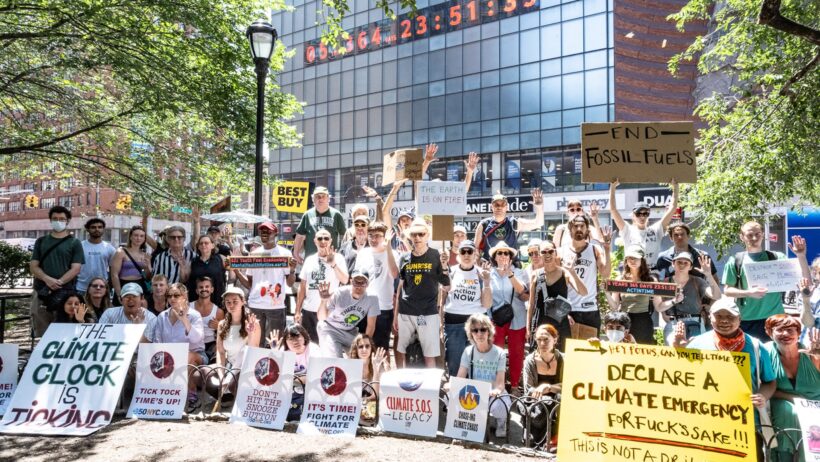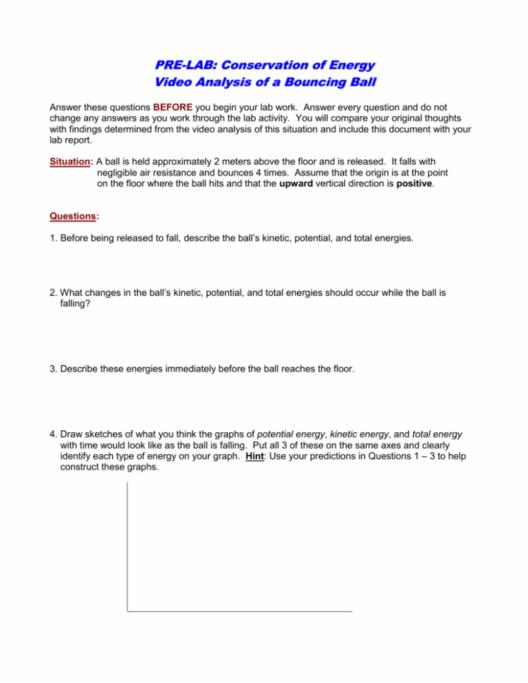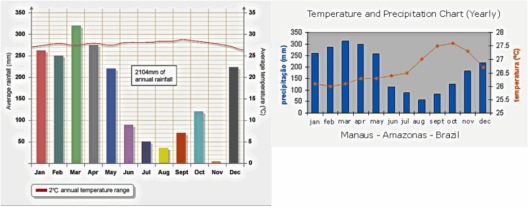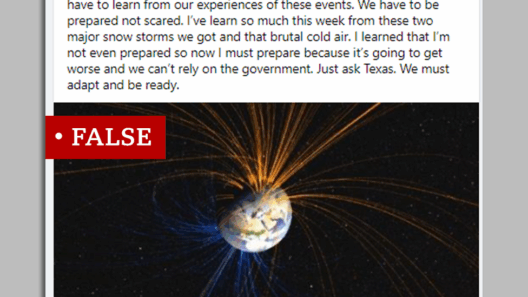The concept of the Climate Clock serves as a stark reminder of the finite time we have to mitigate the catastrophic impacts of climate change. As populations continue to grow and industrial activities expand, the Earth’s climate is undergoing unprecedented alterations. The question arises: what happens when the Climate Clock hits zero? Understanding the implications of this ticking timer is crucial for individual and collective action against one of the most pressing issues of our time.
The premise of the Climate Clock is simple yet alarming. It visualizes the time left to take decisive action before the repercussions of climate change become irrevocably entrenched. The countdown is based on scientific projections regarding carbon emissions and their impact on global temperature increases, primarily aiming to limit warming to 1.5 degrees Celsius above pre-industrial levels. This threshold, established by the Intergovernmental Panel on Climate Change (IPCC), is a pivotal point: crossing it results in a cascade of disastrous events that could alter the fabric of life on Earth.
Should emissions persist at their current rate, we approach the ominous scenario where the Climate Clock strikes zero. The ramifications of this will not be merely localized; the fallout will be global, affecting ecosystems, human health, economies, and weather patterns across continents.
To begin with, extreme weather events will become increasingly commonplace. Heatwaves, hurricanes, floods, and droughts are predicted to intensify as global temperatures rise. These events will not only wreak havoc on natural environments but will also displace populations and strain infrastructure. Communities that historically rarely faced such disasters may find themselves unprepared for the onslaught, leading to heightened humanitarian crises.
Arable lands are also destined to suffer severe consequences. As temperatures surge, the conditions for agricultural productivity will deteriorate. Crop yields are expected to fall, particularly in regions already vulnerable due to economic or geographical factors. This decline will not only threaten food security but also exacerbate inequalities as marginalized populations bear the brunt of food scarcity and rising prices. Hunger can lead to conflict, and the interconnectedness of global food systems means that disruptions in one region can ripple outwards, impacting the entire world.
Moreover, biodiversity will experience an unprecedented crisis. When the clock runs out, ecosystems are likely to collapse under the strain of rapidly changing climates. Species that cannot adapt quickly enough will face extinction. This loss of biodiversity can have cataclysmic effects on ecosystem services, which include pollination, water purification, and disease regulation. The interdependence of species means that the loss of one can have cascading effects, dismantling the delicate balance of life.
The health implications of climate change also warrant serious consideration. Rising temperatures and pollution levels endanger public health. Increased air pollutants lead to respiratory and cardiovascular issues. Additionally, heatwaves can escalate mortality rates, especially among vulnerable populations. Vector-borne diseases will thrive as climate conditions change, expanding the habitats of mosquitoes and ticks, which carry diseases like malaria and Lyme disease. The burden on healthcare systems will intensify as they grapple with these multifaceted health crises.
On the economic front, the consequences are equally alarming. Industries that rely on natural resources, such as agriculture, fishing, and forestry, will face significant upheaval. Insurers will see increasing claims due to climate-related disasters, which could drive up costs across the board. As businesses struggle to adapt, job losses are likely to mount, leading to economic instability. Governments may be compelled to allocate significant resources toward disaster relief and infrastructure rebuilding, potentially diverting funds from essential services like education and healthcare.
Despite the impending dangers, the narrative surrounding climate change need not be solely one of despair. The urgency embodied in the Climate Clock can serve as a clarion call for transformative action. Addressing the climate crisis collectively can yield remarkable results. Societies worldwide must shift towards renewable energy sources, reducing reliance on fossil fuels that have been the cornerstone of industrial growth. By harnessing the power of wind, solar, and hydroelectric energy, we can diminish carbon emissions and pivot toward a sustainable future.
Additionally, innovation can play a pivotal role. Investing in sustainable technologies and practices can unlock new opportunities and industries. Locations that pioneer green technologies may find themselves at the forefront of a burgeoning market that promises economic growth and new employment opportunities. Furthermore, adapting to changing climate patterns—through initiatives such as reforesting efforts, sustainable agriculture practices, and robust urban planning—can foster resilience in communities.
Moreover, the individual actions of citizens can manifest as a formidable force for change. From reducing waste to advocating for public transport, the power of collective grassroots movements can catalyze significant shifts in policy and social norms. Engaging in dialogues, raising awareness, and participating in local activism can influence decision-makers and spur systemic change.
In conclusion, the implications of the Climate Clock hitting zero are dire and complexities abound, yet there remains hope. An acknowledgment of the urgency can galvanize a global response. The convergence of action, innovation, and collective resolve can transform the trajectory of human history. Embracing this shift in perspective is essential. The time is not just running out; it is also a moment of profound opportunity—one that can define a more equitable and sustainable future for all living beings on our planet. It is imperative that we act now, for our legacy will depend on the decisions made in these critical years ahead.
